Ficus Nitida Root System
Ficus nitida root system. Usually they are pruned off. As a result theyll become lackluster in size and color. You are correct that Ficus Ficus nitida is considered to have an agressive root system.
Long aerial roots form from the branches hanging to the ground and rooting. The Ficus nitida Indian Laurel trees are extremely hardy trees. Trim along the outer areas of the plants root system to keep the center roots intact and avoid cutting too much.
Best in Full Sun Tolerates Some Shade - Evergreen Regular water in Summer Native to India and Malaysia Ficus nitida is widely used as a street tree and as a formal hedge in Southern California. They are notorious for having roots that lift sidewalks fence footers and even home foundations. This will give your plant enough room to adapt without constricting the root system.
According to the ASPCA the Ficus nitida is toxic to cats dogs and horses. How to Care for Ficus Nitida Site Location for Ficus Nitida. Its non-invasive root structure prefers free draining soil in a sunny or partly shaded position.
Some people look to sissoo trees as an alternative to ficus BUT this isnt advisable either. Dig a planting hole three times the width of the trees root ball. Grows at a moderate rate up to 40 ft.
Of course one of its big selling features is its wide spreading canopy which features lush green foliage that adds beauty to any environment. Instead theyre pruned to present a tall straight stem and a ball-shaped head of foliage. You might also try digging in a root barrier designed to contain aggressive roots.
Shade protection is necessary in extremely hot. Ficus microcarpa sub speciesor cultivar Nitida can fit the situation.
These plants will easily lose out when it comes to competing for nutrients and water vs.
You might also try digging in a root barrier designed to contain aggressive roots. Mulch Around the Tree. This plant is approximately three years old when it reaches the garden centre and will double in size over the next three years growing to a height of 3 metres by 15 metres if desired. Instead theyre pruned to present a tall straight stem and a ball-shaped head of foliage. According to the ASPCA the Ficus nitida is toxic to cats dogs and horses. Be careful when planting near a wall or pavement as they can possibly cause damage if allowed to grow large overtime. If your plants root system is too large you can also cut back up to 20 of the root system. Members of this genus are difficult to distinguish by their flowers but can be differentiated by habit whether they are banyans or not by leaf shape and by their fruits Whistler 2000. All evergreen Ficus or figs have vigorous invasive root systems and grow into large trees making them unsuitable to plant in residential gardens.
Ficus plants prefer to be root-bound in their pots. These plants will easily lose out when it comes to competing for nutrients and water vs. Some people look to sissoo trees as an alternative to ficus BUT this isnt advisable either. Trim along the outer areas of the plants root system to keep the center roots intact and avoid cutting too much. In fact this single-trunk variety loves to grow where theres plenty of full sun exposure. It needs lots of space for its extensive root system which tends to surface near the trunk extending out under the canopy. Ficus roots penetrate deep into the soil so removing one layer at a time is expected.









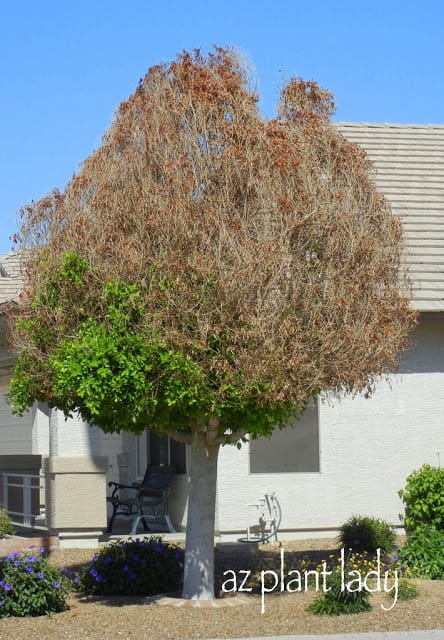


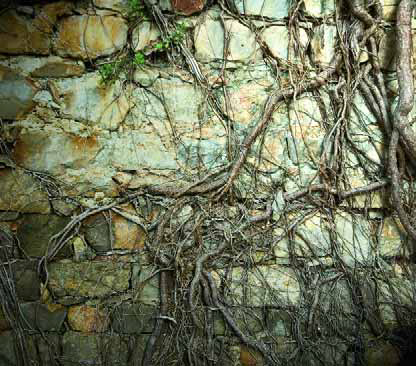

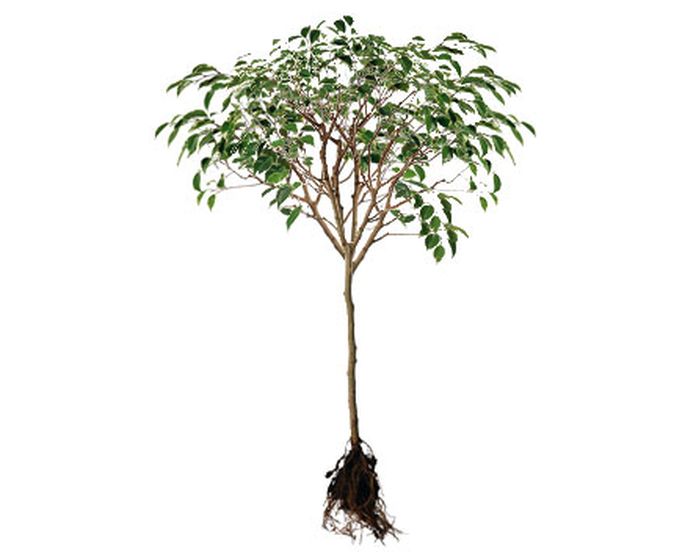















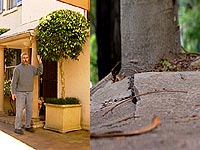







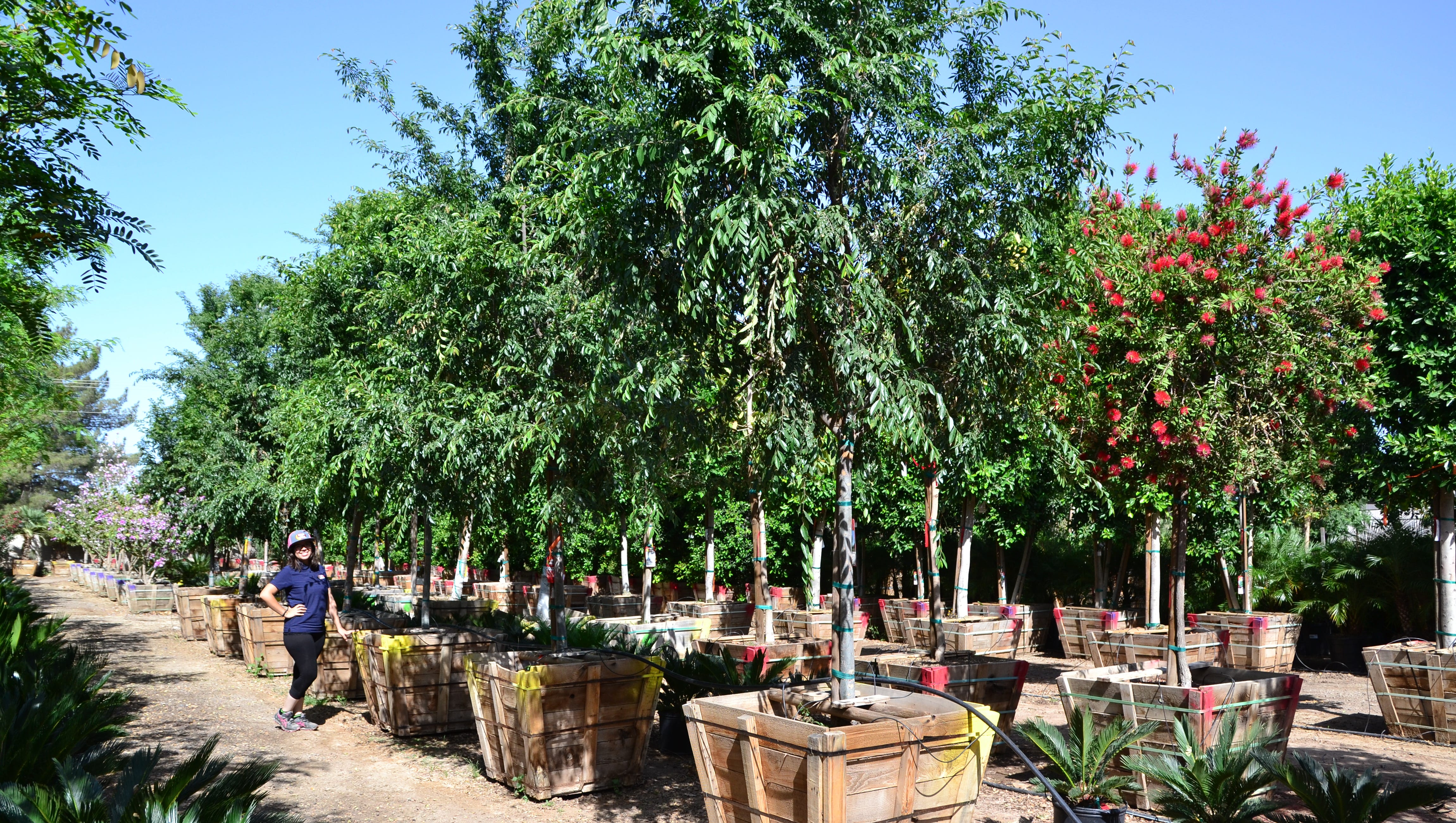

Post a Comment for "Ficus Nitida Root System"